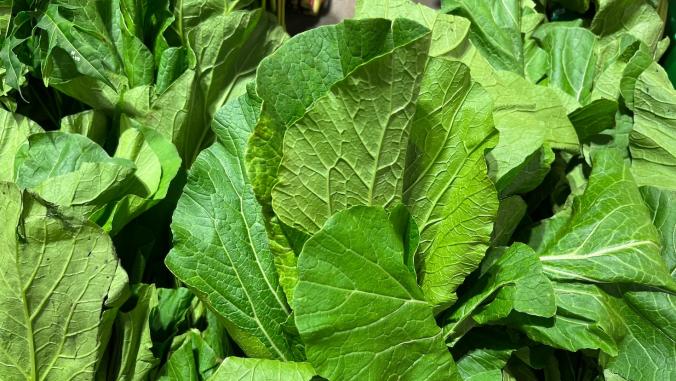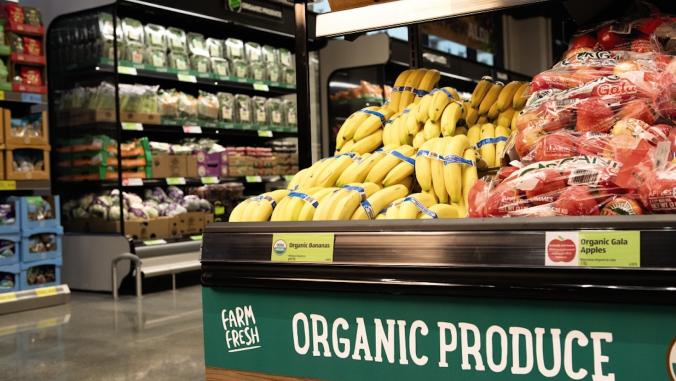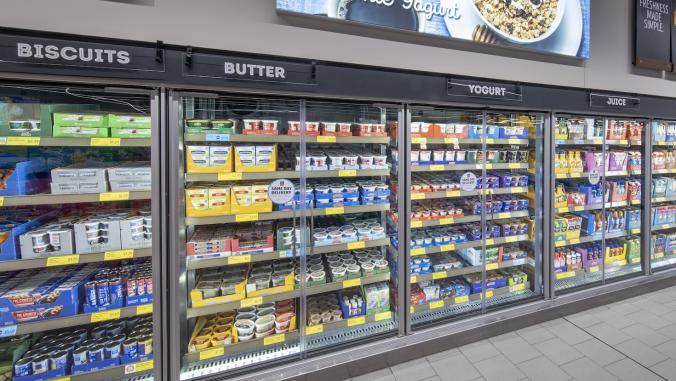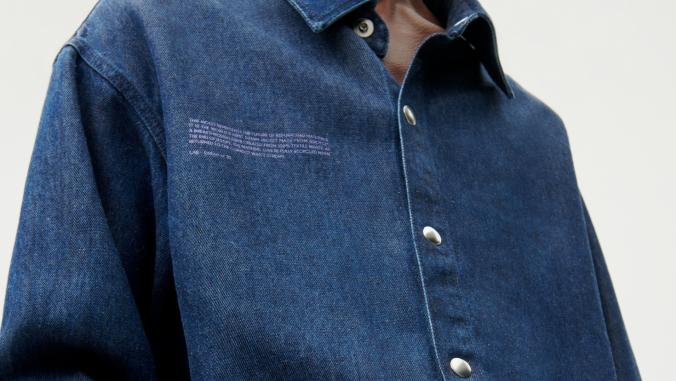Using "imperfect" or "ugly" fruit in downstream food products such as purees, canned foods or frozen fruit has been the practice of farmers for almost half a century. But only recently has ugly fruit become an obsession for the sustainability movement, as consumer awareness of the practice grows.
"We have been saving ugly fruit for decades, and now it’s the new buzzword," said Jeannie Swedberg, director of business development for the ingredient division of Tree Top. "It’s trying to communicate with the world that we are trying to reduce waste and utilize all the resources available to us. [The companies] are trying to show that to their consumers."
Tree Top is one of the biggest suppliers of ugly fruit in the United States. It started as a farming cooperative in 1960 to help farmers sell their damaged or even just slightly less beautiful apples, and now provides all kinds of ugly fruit to manufacturers across the nation to transform into everything from dried fruit snacks to frozen berries.
"All you have to do is walk down an aisle in the grocery store, and anything that primarily contains fruit is probably made from ugly fruit," Swedberg said.
The Walmarts, Safeways and Krogers of the world have been dictating what is considered ugly fruit and deciding what farmers can sell for decades. So while trendy startups, such as Imperfect Foods and Misfits Markets, only recently have started delivering boxes of non-ideal produce to consumers' front doors, for manufacturers and farmers, using ugly fruit is business as usual. More than 80 percent of food waste comes from consumer homes and businesses, so the increased attention on the virtues of ugly fruit is really a way to educate shoppers.All you have to do is walk down an aisle in the grocery store, and anything that primarily contains fruit is probably made from ugly fruit.
"It creates that awareness with the consumer and might change our behaviors in the kitchen," Swedberg said. "If we bought produce in the grocery store, we can start looking at it thinking ‘Do I really just want to cut this off and throw it away, or could I throw it into a soup or find some other use for it?’ I think that’s the benefit we potentially gain by promoting ugly fruit."
According to multi-stakeholder nonprofit ReFED, only 18 percent of food waste comes from farms and food manufacturers. With years of practice, these businesses have become effective at turning every apple, pear or berry into something someone will buy and eat.
Tree Top has been working with the top national food companies for years to reduce waste from its inception. But ReFED estimates 266,000 tons of imperfect produce still could be diverted from landfills — saving 39 billion gallons of water and reducing greenhouse gases by 422,000 tons. In the past five years, new technologies have allowed for more innovations in the process to hopefully get that number down even more.
From the orchard, the fruits not destined for the fresh market are sent to Tree Top’s scale house to be sorted and categorized both manually and with robotic assistance. Its quality assurance team first inspects 30 fruits from each bin to give a cursory grade to the entire batch.
Then cameras take between 40 and 100 images of both the exterior and interior of every fruit to further sort it into different processor grades. The exterior pictures scan for size, color, blemishes and abnormal shapes that would hinder the processor machines further down the line. To evaluate the inside, an infrared camera uses lasers to test the resistance inside the fruit to determine if anything undesirable is underneath the skin.

"Even if there’s any light bruising that occurs inside that apple, that will get kicked out to processor fruit," Swedberg said.
Humans, along with artificial intelligence set from parameters in the software, use this information to categorize the fruit into the different grades — from the lowest, juice, to frozen, puree, dried and many others.
Each year, Tree Top processes 800 million pounds of ugly fruit into products used by the biggest food companies in the world including Kellogg. Nine million pounds of the fruit this year was used just for the filling of the big food company’s Pop-Tarts and Nutri-Grain bars.
"Partners like Tree Top are asked and encouraged to help us find alternate uses," said Kim Sundy, director of sustainability at Kellogg. "They know the fruit would make for a delicious filling that requires a high-quality fruit but doesn’t require a beautiful fruit."
Producing more products using ugly fruit is one of hundreds of small changes Kellogg is making to meet its new sustainability commitments released in June. The company hopes to reduce food waste by 50 percent in 10 years and to continue improving its ingredient supply chain.
"We appreciate suppliers that are innovative and help us deliver on our commitments," Sundy said. "Tree Top really helps us deliver on our corporate values."Partners like Tree Top are asked and encouraged to help us find alternate uses.
With bigger food companies already proving that ugly fruit can be an attractive option for almost any product alongside the increase in interest from the general public, Tree Top has been able to spread its methodology to a new class of food entrepreneurs.
"The ugly fruit movement on the consumer side has created a greater desire on the industrial or ingredient side," Swedberg said. "We have smaller companies coming to us asking how to use byproduct fruit in their products."
So while using ugly fruit is not a new innovation in the food world, encouraging businesses to incorporate it into more products and allowing younger companies to hop on the train earlier will help tackle one of our planet's most important food issues.






